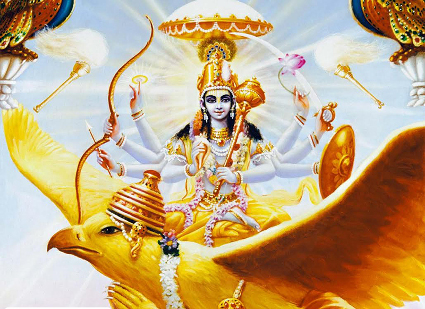
For about 6 months in 2002 I practiced Ekadashi fasting and found it to be a powerful addition to my yoga practice. Let's start with the mythology behind the fast. Here is a quick summary from OnlineTemple.com:

It is said that the demon Mur conquered Indralok after defeating Indra and other Devas. The Devas sought refuge in Lord Vishnu and requested Him to defeat the demon. The battle between Lord Vishnu and the demon lasted for many years. During the battle, Lord Vishnu decided to rest in a cave for some time. Sensing victory over Lord Vishnu, the demon entered the cave only to find a beautiful damsel called Ekadashi who fought and killed Mur. On waking up, Lord Vishnu found that Ekadashi had killed the demon. Pleased with Ekadashi, Lord Vishnu blessed Her and said that whosoever worships Ekadashi on the same day would attain moksha.
In terms of instructions for the fast, Wikipedia says the following:

Only fruits, vegetables and milk products are eaten during Ekadashi. This period of abstention runs from sunrise on the day of Ekadashi to sunrise on the day following Ekadashi.
The site drikPanchang.com provides everything you need to know to practice Ekadashi fasting, including a calculation of the Ekadashi days corresponding to your location. Ekadashi follows the lunar cycle which varies according to location. Here are some more food guidelines:

Devotees take single meal in the afternoon a day before fasting day to make sure there is no residual food in the stomach on next day. Devotees keep strict fast on Ekadashi day and break the fast on next day only after sunrise. Eating of all type of grains and cereals is prohibited during Ekadashi fasting.
Devotees can choose to observe fasting without water, with only water, with only fruits, with one time latex food (vegetables, milk and nuts) according to their will and body power.
When I practiced this fast, I ate normally the day before, took water only on the day of the fast, and ate normally the day after, which means fruit, followed by oatmeal for breaking the fast. Once I even tried no water, and had no problems. My meditation practice on the morning after the fast was always particularly deep and spiritual. You may be wondering why I stopped practicing? It was primarily due to my discovery of Shankhaprakshalana in the fall of 2002.

